- Rodent bait
- Homemade traps
- Plastic bottle traps
- Mousetraps
The “mouse fuss” that the owner hears in his house is unlikely to bring anyone joy, because with the appearance of these pests you can expect a lot of trouble: spoiled food and packaging, gnawed furniture. It also increases the likelihood of various diseases caused by infections, which are often transmitted by mice. It is necessary to immediately take measures on their own to destroy rodents, so the story of how to make a mousetrap with your own hands will interest many homeowners.
Advantages of self-made traps
Devices made from improvised tools have many advantages over ready-made mousetraps or special designs. They are convenient and safe, because catching a rodent in a box or a bottle at home is possible at any time of the day or night, and it is not necessary for residents to leave home. The use of chemicals with a strong smell always negatively affects small children and animals living in the house.
The main advantages of a do-it-yourself mouse trap are the low cost and accessibility of all components, as it’s very easy to find a plastic bottle or bucket in the house, and they can be used repeatedly without extra expenses. In the event of a breakdown or failure, there is always the opportunity to try to make another model yourself.
Secrets of making bait
Whatever home-made mousetraps were made, but the main thing in them is the optimal bait selectionthanks to which the mouse wants to climb there. Despite the well-known children's tales, in which cheese is the main delicacy for mice, this is not entirely true. Mice don't eat cheese with such pleasure as pungent bulk products:
- sunflower seeds;
- bread crusts soaked in vegetable oil;
- crackers with sesame oil;
- pieces of fried bacon or sausage;
- buckwheat, rice or wheat;
- nuts
- fresh meat.
On a note!
When installing traps, it is important to provide optimal paths to approach them, so that the mouse in the apartment or house can easily get in and get into the prepared device.
Varieties of traps
There are many different ideas on how to complete mousetrap designs. They can be made from ordinary materials found in every household (see photo of the mousetrap).
From buckets and cans
There are many options for such traps. Nide's most popular traps:
- The simplest mousetrap is made in a couple of minutes from a 0.5-1 liter glass jar. Inside it must be put or attached with a twig bait on a thread. The jar is turned upside down, and a coin standing on the edge is placed underneath, it is better to choose a larger size so that the animal can slip inside. Such a structure is very unstable, and at the slightest movement of the rodent in an attempt to take food, the coin falls, and the bank covers it.
- A mousetrap from a bucket of water is quite simple. In addition, you will need: a ruler, a strong wire and a knitting needle that is attached across to the ruler and used for support, it is placed on a bucket from above.The lying ruler should reach the edge of the bucket with one end, and the second - sag in the air and put the bait on it. The bucket itself is set so that the animal can climb onto the ruler, and then, reaching for the bait, falls into a bucket in which you can pour a little water. If the bait is firmly attached to the ruler, then it will hold, and then the trap will be more effective and it will be able to catch several mice in a row.
- To make a mousetrap from a bucket and paper, you will also need a piece of wooden plank, along which the animal will climb up. Thick paper or a sheet of whatman paper is placed on top and cut in the center into several segments in a circle, a piece of bait is placed in the center. The mouse climbs along the bar, tries to get food and falls through the cuts on the paper down, where water is poured 5-7 cm deep. Similarly, you can use a glass 3-liter jar.
From the bottles
- A very simple and affordable mousetrap from a plastic bottle, the throat of which needs to be cut in a bottleneck. The bottle is placed on the corner of the table so that part hangs over the edge, and the bait inside it lies at the bottom. The trap is attached with a rope, the length of which will allow it to hang above the floor. Climbing onto the table, the mouse will enter the bottle for food, the center of gravity will shift, and the trap will fall with the captured animal, hanging on a rope.
- Another mousetrap is made from a half cup - a 1.5-liter plastic bottle, in which the neck is cut to a third of the height in the upper part, and then turned down with the throat. Parts must be fixed to each other with wire or glued together. A bait is placed inside the container, and the throat is oiled. The mouse will certainly climb for food and fall down, but will not get back.
- Another trap from a plastic bottle is made this way: half is cut from it, on its lower part in the bottom area, cuts are made in a circle every 2 cm in the form of pointed petals that bend inward. After the mouse gets inside for food, the sharp teeth of the petals will not let it climb out.
- You can catch a mouse in a bottle not only plastic: for this, use a bottle from Champagne, where you need to pour 25-30 ml of sunflower oil and, rotating in a circle, distribute it inside the walls. The bottle is placed at a slight slope, resting its throat on a brick, it is better to fix it. The mouse, attracted by its favorite smell, climbs into a bottle of oil, from where, gliding along the greasy walls, it is no longer able to crawl out.
Wood traps
- The most common trap for mice can be made from plywood boards measuring 10x5x, 15 cm, and a frame of metal wire with a spring is attached to it. There must be a hook for the “snacks” and a latch, which, after installing the bait, needs to be hooked. When the mouse tries to drag away the food, the spring is activated and nails it to the wooden base.
- A wooden mousetrap house is made of a timber measuring 180x100x60 mm at once for several cells (up to 5). First, you need to drill holes in the beam for the passage of mice with a diameter of 3 cm and a depth of 6-7 cm. You will also need pieces of wire and thread No. 30. From a strong wire, you need to make a loop that will fasten a stranglehold of a thinner piece of wire to the house. For fastening springs and loops, holes are drilled in a wooden block.
In total, several sets of loops, springs and strangleholds are made according to the number of holes. A thread is needed to tie a charged spring. The bait is placed inside the holes: when rodents are eager to get food, they gnaw the thread, the spring together with the noose works and an automatic trap holds the mouse.
Electronic mousetrap
A do-it-yourself electronic mousetrap can be made a master with knowledge of working with electricity and similar devices. It is made using a soldering iron, an electrical circuit and an electromagnet. Usually they are of two types:
- cage trap, into which the mouse is lured, then the door slams and a signal sounds about its appearance in the cage;
- a killer mousetrap, which, after getting into it by an animal and triggering a motion sensor, destroys it with a discharge of electric current, a scheme such electric traps eat on the internet.
Important!
In the manufacture of electronic devices, you should remember the safety rules when working with electricity, so as not to get into a life-threatening situation yourself.
Glue traps
Glue types of mousetraps are made on the basis of special glue, which can be bought at a hardware store. A sheet of cardboard, plywood or hard plastic is taken as the base, it must be spread glue for mice, put food in the center. Getting to the "delicious", the rodent tightly glues to the base. The disadvantage of the device will not be quite a pleasant look and piercing squeak of a dying animal. You can make this glue with your own hands by mixing vaseline, bitumen var, rosin and pine resin.

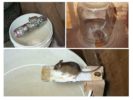




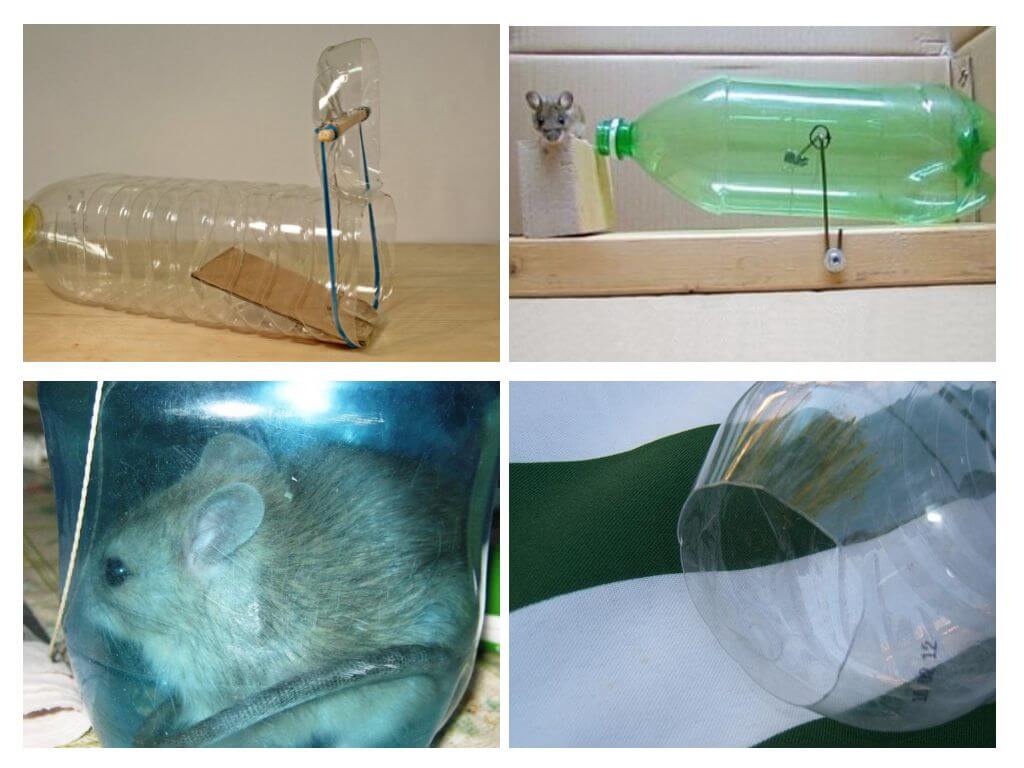

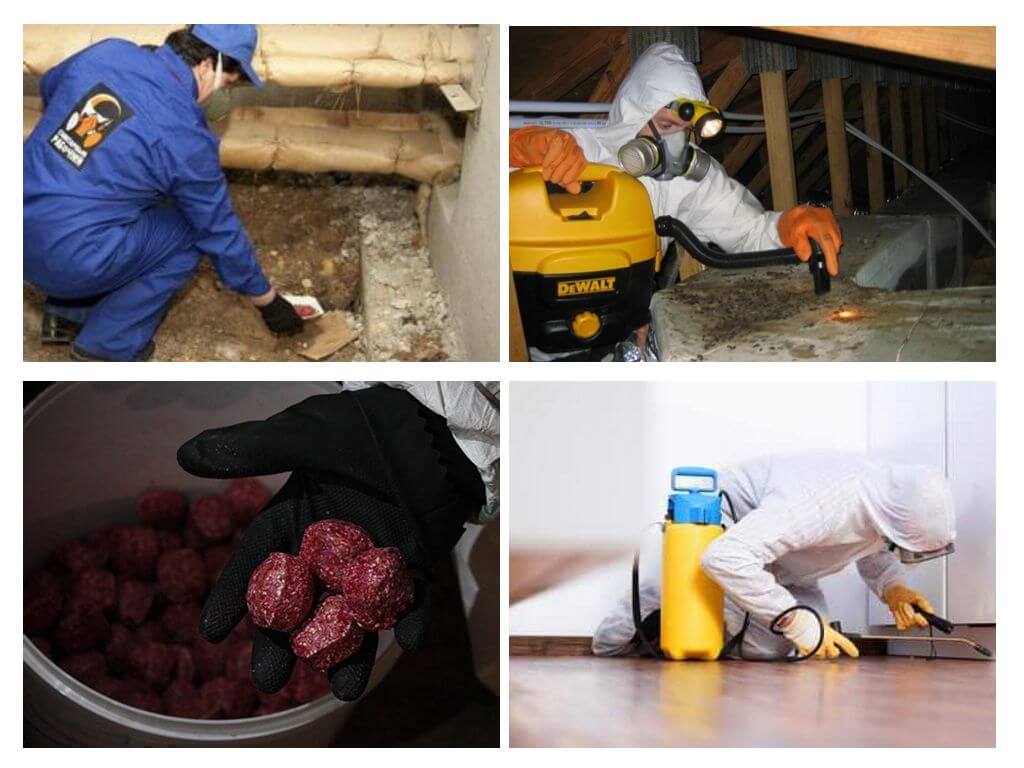
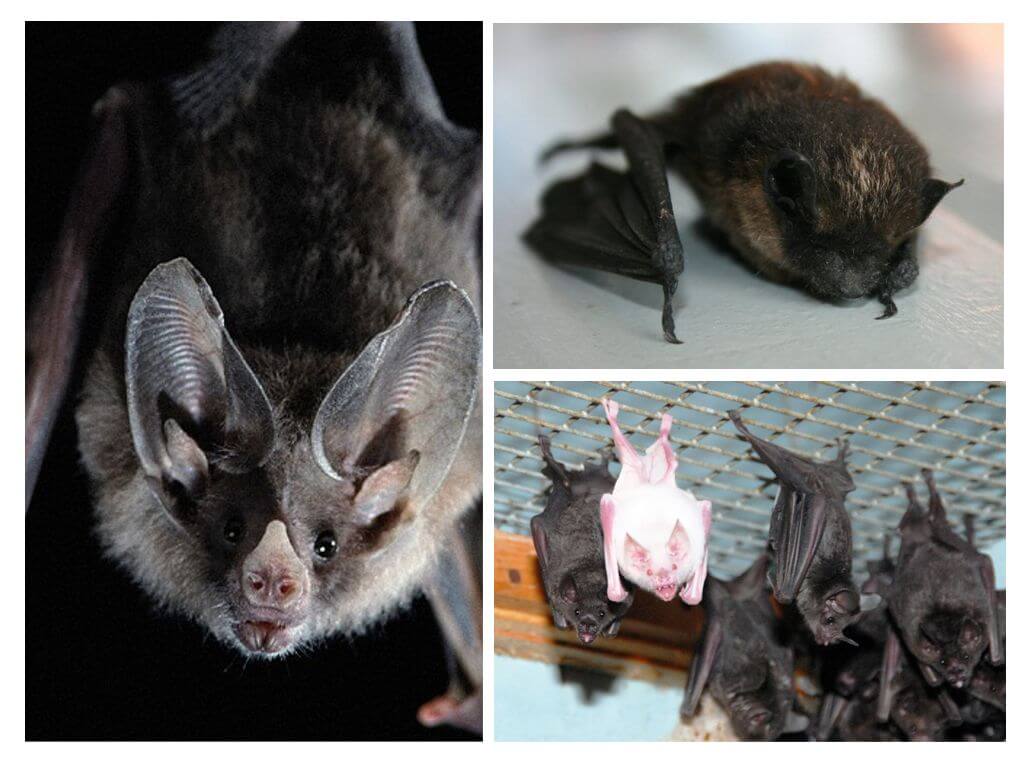
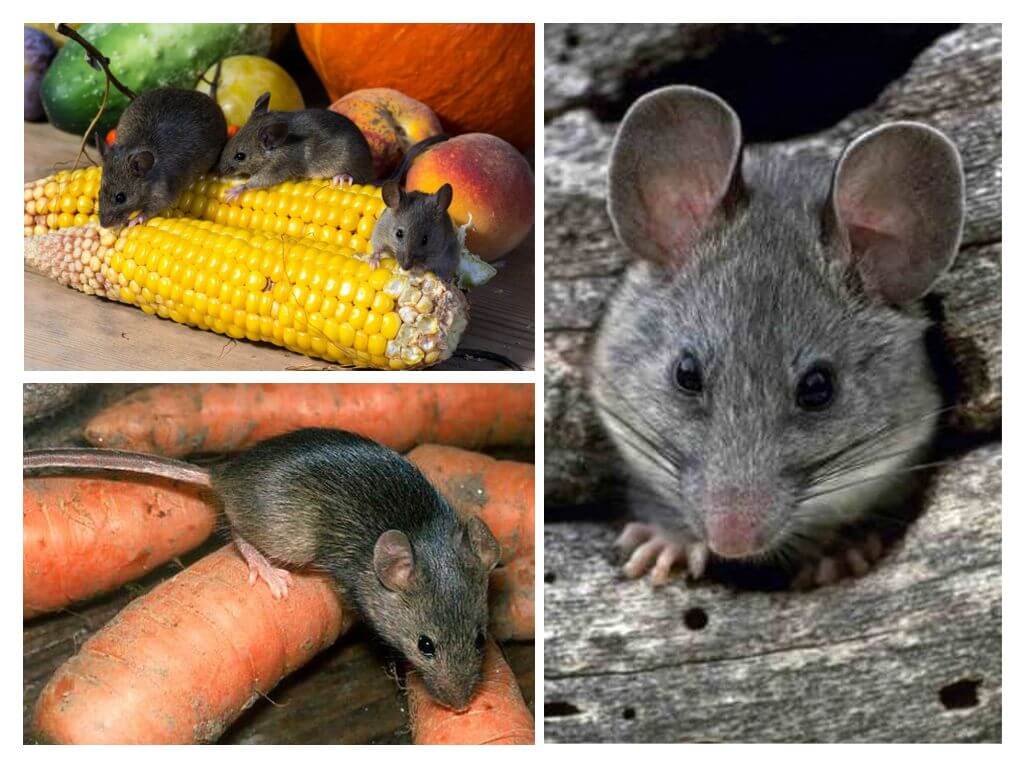

When a mouse started in the apartment, I read about traps and made the simplest one - a jar with a coin. The mouse got on the first night.
We got mice in the cellar, where we stacked the crop for the winter. At first I sent my husband to the store for mousetraps, but the prices there were not for pensioners at all. Therefore, we decided to try a trap from a bucket of poured water. A piece of fat was fixed for the bait, after the first night 2 mice got into it, then they began to be regularly caught a few pieces a day.
I am terribly afraid of all rodents. Therefore, when she found a mouse in her pantry, she was very scared. That same evening, the husband made a trap from a plastic bottle, and after 2 hours this beast was caught. I breathed a sigh of relief.
I also made mousetraps from a bottle, the mouse failed in it, then I released it.
I read here how people make mice with home-made mice and decided to try it for themselves. Only I made an electronic mousetrap that sends signals. Works! I caught a few mice in a couple of days, then I released them in the field.
I am a supporter of ready-made devices, in my opinion, it is easier to go to the store and buy an ordinary mousetrap or poison than to fool around with bottles.
Do-it-yourself trap is a cheaper and more convenient option. And you don’t need to go anywhere, and cat-dogs will not be able to get poisoned with some poison sprinkled for mice.
And I, on the principle of an electric trap, made a trap for my runaway hamster. The hamster came for seeds, the door slammed shut, and the trap emitted a beep. So I caught my "fugitive".
I tried a home-made glue trap on my "tenants", I used glue ready from the store. The mouse was caught, stuck and began to squeak terribly, I felt sorry for her, especially when her husband flushed her into the toilet. It is probably better to make a mousetrap from a bottle, there will be at least a rodent alive, and then take it out and let it go.
I also couldn’t bear it, unfortunate animal. I love them all and could not take their lives.